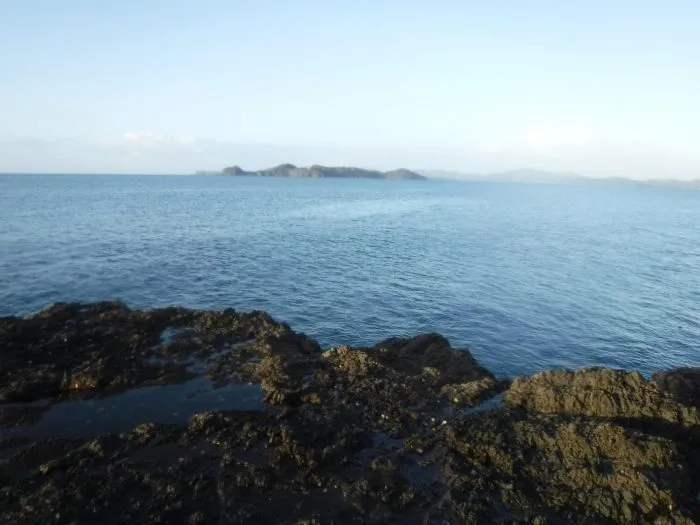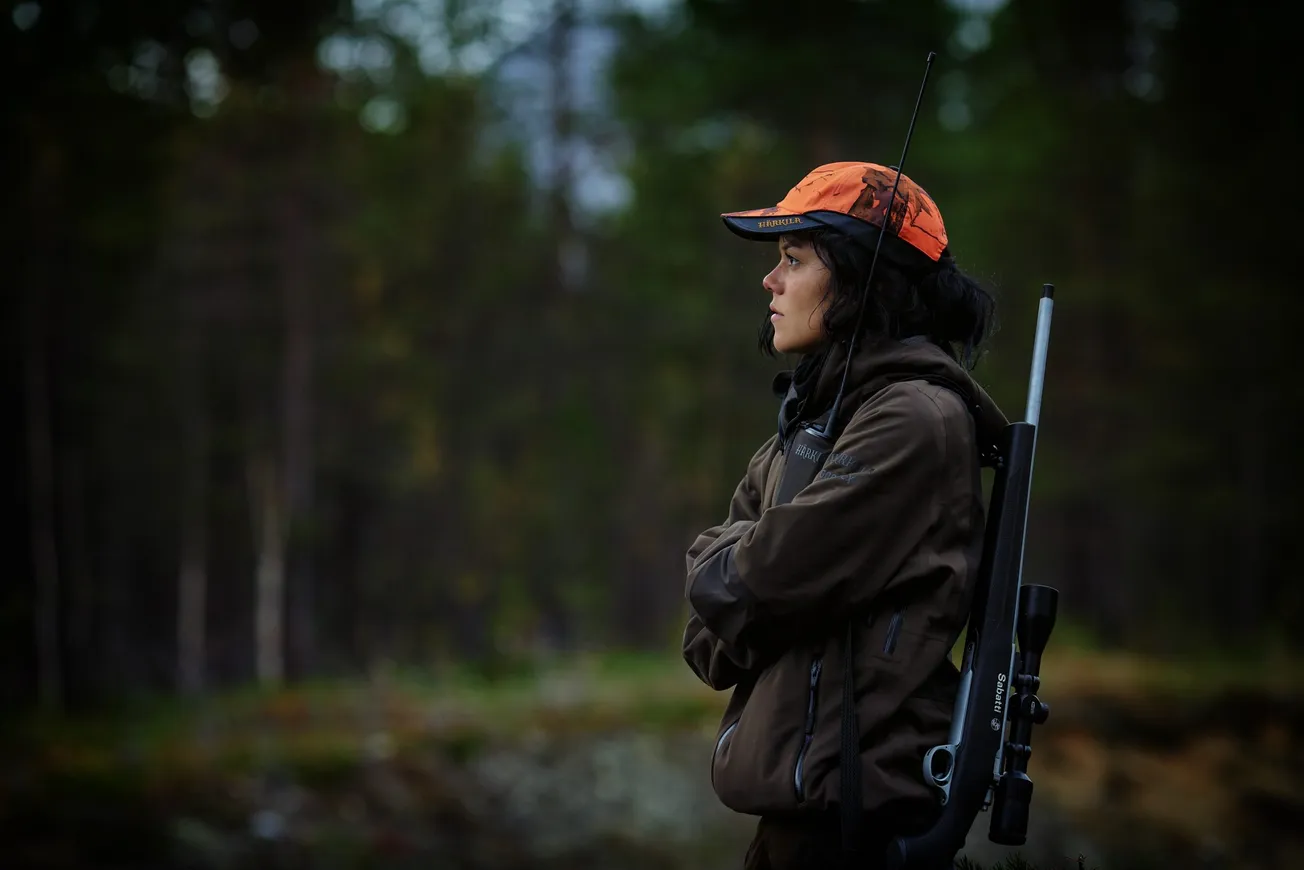The Bay of Islands is sublime. Crystal clear water. Great species of sea-life that are both a challenge to catch and great to eat. Moderate weather all year round and history, geography and beauty that makes it a dream place to live or holiday in New Zealand.
Anyone can get lucky on a day of fishing but being a good fisherman over time involves a lot more that that; a willingness to learn, understanding the law, skill at tying and using the right rigs, knowing the tides (both for catching fish and for safety), being able to sense what is nibbling, dragging or snatching your bait – and how to respond.
The trend has been to be fair to fish. What that primarily means is using lighter lines and smaller gear. It makes for a fair fight. You also have to be specialized with rods, reels and rigs for the type of fish you are trying to catch and have a range of baits available.
These three rods and rigs are for three different types of fish when I went out recently. The one on the left is a float rig that could have a full bait for large Kahawai or a live bait for king-fish, the one in the middle has a smaller hook but strong reel for trevally, the one on the right has a larger double hook rig for snapper. Sometimes I will also take a sabiki rod to catch fresh and/or live bait.

Fishing off the rocks often involves attracting the fish in. A shop-bought berley in a web bag that leaks tiny bits of bait out for a couple of hours is one option. This has two effects; the little fish are bought in close and, hopefully, the larger predators are sitting below and/or behind them.
The hooks and bait combination has to be tough enough to avoid being taken off the line in the first nibble. Thick hooks for the whole baits help, salted baits for the trevally and double hooks to hold squid and pilchard for the snapper.
Having a good depth drop off helps. On my favorite rocks it is a few metres deep immediately and drops away further. It is not uncommon to see hundreds of bait fish, rays, bronze whaler sharks and a range of larger fish swim just a metre or two away. Dolphins are often playing in the surf nearby.

Snapper tend to be the most prized fish in NZ to catch and eat. Fresh snapper is sublime and best cooked by simply frying either side of the fillet in butter and light seasoning for around 60 seconds per side until the flesh goes from translucent to white. Big snapper can grow to well over 30 pounds and the mark for being a genuine trophy fish is 20 pounds or more. It is now common to put all fish over 20 pounds back in the water as key breeding stock. Any snapper over the 30cm minimum size can give you a fight and the big fish – when you are use light gear are a real challenge and can run out your whole line. Smaller “keepers” will tend to snatch your bait and hook themselves. Larger fish often gently pick it up and simply swim off. The moment of tension is knowing when to pull-back (strike) and getting it wrong means an empty hook. When you land one even the cat is pleased.

Trevally are sneak thieves. They tend to pick up the bait and try and not let anyone know. You simply watch your line slowly creep out and hope that you time the gentle pull in return that embeds the hook in their relatively soft mouths. Once on they race all round the bay and put up a much bigger fight than an equal weight snapper. When you get them in lifting them out of the rocks has to be gentle. Again – superb fish to eat. (In the photo below the bottom one is a trevally).

Kahawai are classed as a small game fish. They are also well and truly under-rated as an eating fish. They will take small baits and often grab them as soon as they in the water. They can grow to well over 60cm and will snatch a large bait off a hook dangling below a float. Once on they fight! They swim in all directions, leap out of the water, twist and turn and drag your line over every rock they can find.
Bring one all the way in takes some skill and lots of care – but is so worth it.
Fishing off the rocks can involve a lot of frustration but the more time you spend, the more thought you put into it, the more questions you ask the better you get. And there is no more beautiful place to do your learning than the Bay of Islands.
If you enjoyed this BFD article please consider sharing it with your friends.









